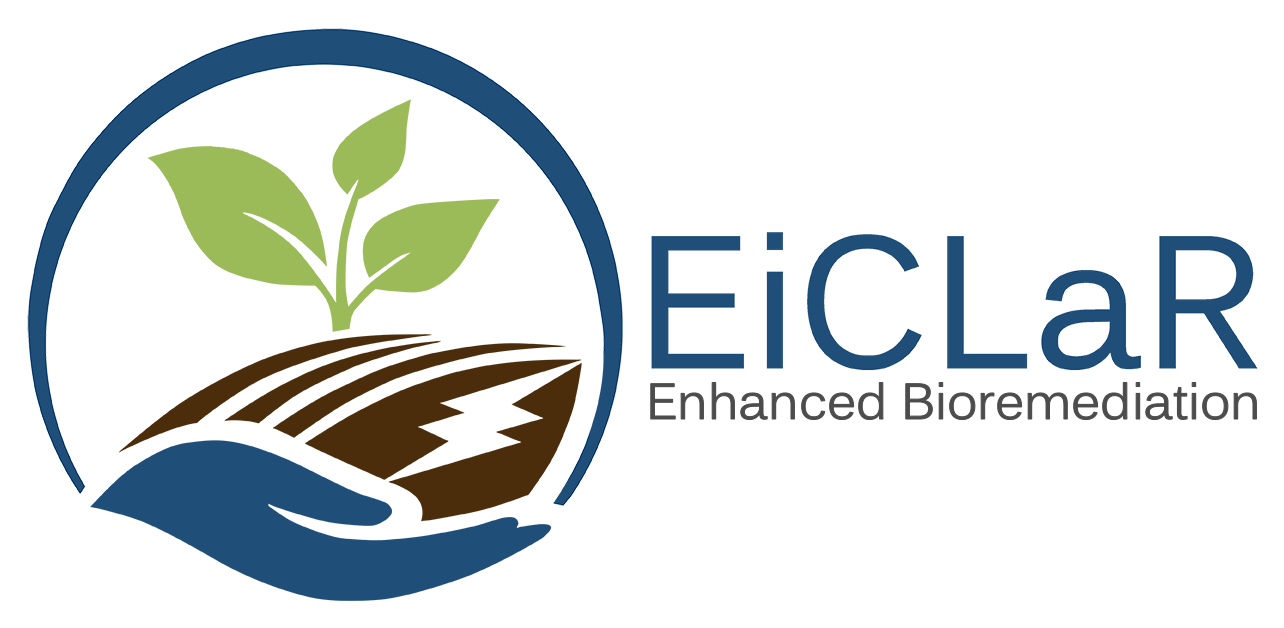Monitored Natural Attenuation (MNA) is a low input remediation option that exploits naturally occurring processes with no intervention other than monitoring to prove it is happening. In the past Natural Attenuation (NA) was occasionally referred to as “intrinsic bioremediationâ€. MNA adds the monitoring of groundwater to confirm whether NA processes are acting at a sufficient rate to ensure that the wider environment is unaffected and that remedial objectives will be achieved within a reasonable timescale.
The dynamics of the contaminant plume strongly dictate whether monitored natural attenuation is a viable remediation option - capable of delivering risk-based targets that are protective of downstream receptors such as potable water (drinking water) abstraction wells. In many cases the groundwater aquifer itself may be considered as the primary receptor that requires protection. MNA is only applicable if the contaminant plume is stable or reducing. I.e., if the plume is expanding) then natural attenuation is not applicable.
-
Natural attenuation in aquifers takes place via a range of physical, chemical, and biological processes including (but not limited to):
- Physical: dispersion and diffusion and physical sorption where contaminants electrostatically bind to organic carbon thereby retarding the contaminant flux. These physical processes do not destroy the contaminants, but reduce their concentration in groundwater downstream of a contaminant source. Volatilisation into pore space may occur but is generally restricted to the unsaturated zone of the subsurface,
- Chemical Reactions: Sorption; precipitation of a contaminant into solid (and therefore less mobile) state; acid-base reactions and hydrolysis,
- Biological processes: Biodegradation can be aerobic (contaminant as the electron donor (and/or source of carbon); Anaerobic (contaminant as the electron acceptor and/or source of carbon) (e.g., chlorinated chemicals (electron acceptor) are usually degrade through reductive dechlorination) or through co-metabolic reactions (coincidental breakdown of a contaminant as the result of metabolism of a primary substrate). Validation that natural attenuation is occurring is based on the concept of “lines of evidenceâ€, which are divided into three categories:
- Primary: the plume status (whether it is shrinking/ stable/expanding),
- Secondary: groundwater analyses that provides supporting evidence that biodegradation is taking place (e.g., concentrations of contaminants, daughter products, electron acceptors, dissolved oxygen),
- Tertiary: direct microbiological evidence for example presence of micro-organisms and validation of degradation in microcosm studies.
In regions where MNA is established practice, typically, tertiary evidence is not required by the regulator unless the aim is to provide natural attenuation of a novel contamination type.
MNA requires ongoing monitoring across primary and secondary lines of evidence to provide the necessary verification